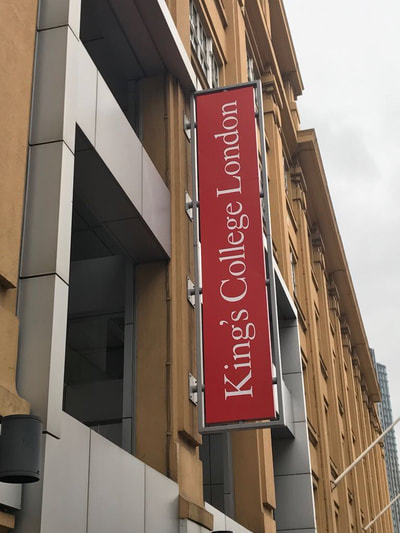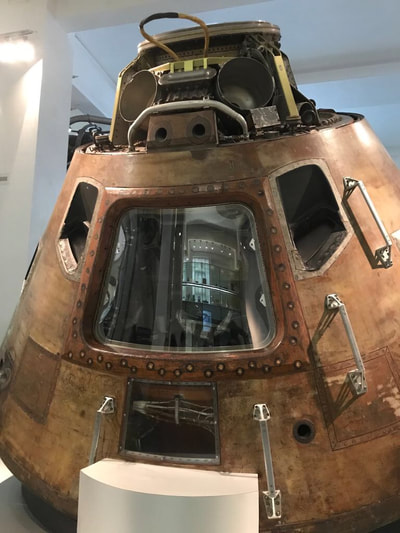|
The next decades will undoubtedly witness greater long-term extraterrestrial space exploration, as mankind endeavours to establish Moon bases for the commercial mining of minerals, and to fulfil dreams of sending manned-missions to Mars. For such plans to be realised, many technological obstacles have yet to be overcome, which will require fresh minds, new ideas and innovation – but where will this new space industry workforce come from? Already there are reported shortages of qualified workers in the US aerospace industry, a situation repeated in the UK with a lack of skills in the STEM areas. This scenario is set to become worse as the space sector grows. For example, according to the UK Space Agency, the industry is growing four times faster than the rest of the economy and will demand many new additions to the current 70,000 strong highly-skilled workforce, as recently confirmed by former NASA astronaut Stephen Frick for City A.M. newspaper. So how will we plug this gap? How can we capture the interest and enthusiasm of the youths who will become the next space generation? "I hear and I forget. I see and I remember. I do and I understand."  While some may say the answer to these questions lie in the university systems of our societies, as new graduates channel through in the STEM areas, we at InnovaSpace firmly believe the true answer is set much further back in the educational life of a child. Children are born a blank canvas just waiting to soak up knowledge. Their minds are open and eager to learn, as they reach out to the world surrounding them – THIS is the ideal time to light the spark of interest in space through introducing opportunities to interact with the STEM areas at a basic level and in a positive enabling environment. An inspiring demonstration of this is seen in the Lockheed Martin Generation Beyond Challenge, in which technology and education are combined to bring space science into the classrooms of 9-11 year olds in an entertaining way, through the design of a space habitation module for the first crew to Mars. InnovaSpace also seeks to open up learning opportunities to the young people who will ultimately shape the destiny of space exploration through the provision of educational modules. Very recently, InnovaSpace Scientific Director, Thais Russomano, had the opportunity to put this into practice, spending a week at King’s College London teaching pre-University students. The teenagers, who came from various regions of the UK and some from other countries, learned about manned space flight, the physiological and emotional challenges of a space mission, how astronauts live and work in microgravity, and the ways we can simulate the hostile conditions of space on the ground, and also included a visit to the Space area of the London Science Museum. The course, entitled Into Space, is just one of the modules that form part of the InnovaSpace educational program, taught primarily in English, but also offered in Spanish and Portuguese, in order to open up the modules to a broader audience. This in line with our philosophy of promoting Space Without Borders.
Blog written by Mary Upritchard
0 Comments
Your comment will be posted after it is approved.
Leave a Reply. |
Welcometo the InnovaSpace Knowledge Station Categories
All
|
InnovaSpace Ltd - Registered in England & Wales - No. 11323249
UK Office: 88 Tideslea Path, London, SE280LZ
Privacy Policy I Terms & Conditions
© 2024 InnovaSpace, All Rights Reserved
UK Office: 88 Tideslea Path, London, SE280LZ
Privacy Policy I Terms & Conditions
© 2024 InnovaSpace, All Rights Reserved








 RSS Feed
RSS Feed